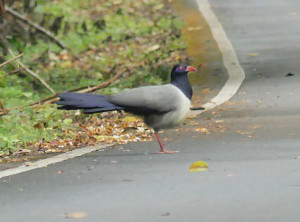
For the second year in a row I recorded over 500 species while leading a North & Central Thailand birding tour. Over the course of 17 days we visited most of the best birding sites in Northern and Central Thailand with a short incursion into the Northeastern region and the only reason we were not able to record more species were the time constraints at each site. As usual members of the group were surprised at how many species we saw, how many great birds we found and how many of those were really high quality observations; it exceeded the expectations of most participants. We had many successes in finding top birds including Mrs Hume’s Pheasant, male Scarlet Finch, 6 species of Broadbill, Austen’s Brown Hornbill & Tickell’s Brown Hornbill, Coral-billed Ground Cuckoo, Siberian Rubythroat, Giant Nuthatch, Grey-headed Parrotbill, Ratchet-tailed Treepie, Grey Peacock Pheasant, Great Hornbill, Milky Stork, Spoon-billed Sandpiper, Himalayan Cutia, Chestnut Thrush, Rufous-throated Partridge, Pygmy Wren Babbler, Chestnut-headed Tesia, Nordmann’s Greenshank, Asian Dowitcher, Great Slaty Woodpecker, Pied Harrier, Blue Pitta, Silver Pheasant, Yellow-breasted Bunting, yellow-vented Green Pigeon, 4 species of Nightjar, 7 species of Kingfisher, Crimson-breasted Woodpecker, Limestone Wren Babbler, Spot-breasted Parrotbill, Chinese Egret, Scaly Thrush and Crested Bunting. Of course there were also a few misses as there are with any birding trip, but only a very few and we did not let that bother us and instead enjoyed the many great birds that we did see.
Muang Sam Ma Swamp, Chiang Mai
Starting our trip at this wetland area allowed us to enjoy a good breakfast before starting and still get on site for first light. This was an enjoyable few hours of birding and a nice introduction to Thailand’s birds for everyone with good views of Black-browed Reed Warbler, Oriental Reed Warbler, Eurasian Wryneck, a small flock of Garganey, Grey-headed Swamphen, Black-collared Starling, Western Osprey, juvenile Pied Harrier and a couple of surprises with flyover Amur Falcon and a Himalayan Buzzard.
Doi Ang Kang
Visiting this scenic location is always a pleasure but with limited time here we really focused on the key birds of this site, visiting stakeouts at Ban Luang Resort, the King’s Project and Ban Nor Lae army camp. Here we got fantastic views of Black-breasted, Eyebrowed and Grey-sided Thrushes as well as a favourite of mine, White-capped Water Redstart.
A bit of night birding was typically frustrating, only hearing Brown Wood Owl and Mountain Scops Owl but there was a flyover Grey Nightjar for us. Colourful species including Silver-eared Mesia, Scarlet-faced Liocichla, Maroon Oriole, Spot-winged Grosbeak, Hill Blue Flycatcher, Mrs Gould’s Sunbird, Bay Woodpecker and Long-tailed Minivet were all great to see so early in our Northern section of the trip and the group began their education in Phylloscopus warblers with Yellow-streaked, Hume’s, Yellow-browed, Davison’s and Buff-throated Warblers.
Although we did not see it, the level of mimicry from Spot-throated Babbler was amazing but a surprise Scaly Thrush perhaps stole the show at this location.
Doi Lang West (Doi San Ju)
This site always provides some of the best birding in Thailand but on this occasion it provided us with a truly spectacular set of sightings with incredibly close views of many birds at stakeouts as well as a lot of very scarce species. For me a male Scarlet Finch perched on top of a bare tree was a memorable event but species including Crimson-breasted Woodpecker, Crested Finchbill, Crested Bunting, several sightings of Mrs Hume’s Pheasant, Mountain Bamboo Partridge, Lesser Yellownape, Indochinese Cuckooshrike and superb Long-tailed Broadbills in the sunshine were all wonderful.
A Black-winged Cuckooshrike of the race saturata was also noteworthy, a bird I see very infrequently, only at this site in Thailand.
As usual this very showy Spot-breasted Parrotbill caused much delight and earned an early nomination for the bird of the trip while Rusty-cheeked Scimitar Babbler, Siberian Rubythroat, White-gorgetted Flycatcher, Ultramarine Flycatcher, Japanese Tit, Buff-throated Warbler, Blue Rockthrush and Silver-eared Laughingthrush all performed at stakeouts.
Doi Lang East
Our journey up this side of the mountain was a bumpy one due to the terrible state of the road but given the number of excellent sightings we had here it was worth the slight discomfort. Our first sighting of the day was a superb one. We heard the drumming of what we thought were a total of 3 Bamboo Woodpeckers and using the drum of this species we got a response with one bird flying overhead a few times, disappearing into the forest. As it flew over the bird seemed quite red in colour, which does not at all match Bamboo Woodpecker and as I had seen a probable Pale-headed Woodpecker at this spot a few years ago I used call playback of this species getting an immediate response with the bird landing on a small tree trunk. All 8 members of our party were able to see this bird and it was clear that the wings and back of this Woodpecker were a deep rufous/red in colour, all the way up to the neck, looking exactly like illustrations of Pale-headed Woodpecker in the Robson’s Birds of Southeast Asia. While watching this bird we could still here the drumming and call of at least 2 Bamboo Woodpeckers nearby. All previous records of Pale-headed Woodpeckers in Thailand have turned out to be hybrids of Bamboo x Pale-headed but our bird did not look like photos of hybrid birds I have seen in the past. Furthermore, our bird looked exactly like illustrations, in Woodpeckers, An Identification Guide to the Woodpeckers of the World, of Pale-headed Woodpecker ssp. grantia rather than the viridanus which have previously been claimed in other parts of Thailand. A full description of the observation will be forwarded to the Thailand Records Committee as, unfortunately, the bird flew away just as I was about to photograph it.
Even without this potential first for Thailand we had a really good extended morning’s birding at this site with the feeding station providing us superb views of Silver-eared Laughingthrush, Himalayan Bluetail, Dark-backed Sibia, Spectacled Barwing, Chestnut Thrush and, the star attraction, Scarlet-faced Liocichla.
Well, it was not all stakeout birding here and along the way we managed to see plenty of other interesting species including Mountain Hawk Eagle flying past as we had lunch, a Yellow-browed Tit, Buff-barred Warbler, Hume’s Leaf Warbler, a couple of smart Chestnut-crowned Warblers, a number of Whiskered Yuhinas, our first Crested Finchbill and a wonderful pair of Black-eared Shrike Babblers.
On the way down the mountain we added Blue-bearded Bee-eater to our list and some lucky members of the party saw a male Silver Pheasant cross the road.
Thatorn Rice Fields
It was with some concern that we headed out onto these agricultural areas, given the fact that a few months ago I had found mist nets in an area of reeds that had killed several critically endangered Yellow-breasted Buntings. The mist nets were absent but so was most of the habitat with just a few fragments remaining. However, we were able to see 20-30 Yellow-breasted Buntings here including a stunning male singing for a minute or two – fantastic! Here we added quite a few species to our list with Bluethroat, Yellow-eyed Babbler, Green Sandpiper, Temminck’s Stint, Lesser Coucal, a pair of Ruddy Shelduck, Red-throated Pipit, Citrine Wagtail and after much staring into the undergrowth, a Baikal Bush Warbler.
Visiting the old water tower confirmed that virtually all available habitat for Jerdon’s Bushchat had been totally destroyed, although there may be a few fragments where one or two might still be hanging on given the time to conduct a thorough search.
Chiang Saen
Our main focus of the day here was the Harrier roost in the evening. This turned out to be the usual fantastic spectacle that it always is with over 200 Pied and Eastern Marsh Harriers coming in at dusk. It was also a notable day in that I saw my 900th species in Thailand which turned out to be Great Crested Grebe. This had become a ridiculous bogey bird for me with it being an annual winter visitor in small numbers but as I had never targeted seeing one I had always missed it by a few days here and there. Here 3 of them were alongside a large flotilla of Common Coot.
Although habitat in this area is badly degraded we still had a lot of good birds during the day including Freckle-breasted Woodpecker, Burmese Shrike, Oriental Honey-buzzard, Laced Woodpecker, Rufous-winged Buzzard, Indian Spotbilled Duck, Striated Grassbird, Pallas’s Grasshopper Warbler, Ferruginous Pochard, Yellow Bittern and many others.
Doi Inthanon
The Northern section of our trip finished at Doi Inthanon and once again this location provided us with lots of memorable observations, none more amazing than a Pygmy Wren Babbler at our feet!
We were also treated to stunning views of Slaty-bellied Tesia in song along with other forest skulkers such as Dark-sided Thrush, Snowy-browed Flycatcher, Rufous-throated Partridge, White-browed Shortwing and brief views of Chestnut-headed Tesia too. At the summit we got lucky with Ashy Woodpigeon and Speckled Woodpigeon a little further down the mountain and a fruiting tree at the top contained Grey-sided Thrush and Yellow-bellied Flowerpecker.
Although they are very shy we managed to find White-crowned, Slaty-backed and Black-backed Forktails at Doi Inthanon and species such as Clicking Shrike Babbler, Asian Emerald Cuckoo, Hume’s Treecreeper, Vivid Niltava, Collared Falconet and Black-headed Woodpecker were all exciting too.
Wat PraPhuttabaht Noi
A quick stop at this famous temple turned up a surprising number of Limestone Wren Babblers (ssp calcicola) with many birds singing from every available piece of rock, or so it seemed at times. This taxon is split as Rufous Limestone-babbler by Handbook of the Birds of the World, and with such an isolated population this is probably correct.
Khao Yai National Park
As is often the case, Khao Yai provided us with some of the most challenging birding of the trip and we needed to have great persistence in order to find the target species. Having said that, on arrival we had a real magic moment with a female Banded Kingfisher sitting out in the open, both Red-headed and Orange-breasted Trogons and a much hoped-for Black-and-buff Woodpecker while we were watching some White-crested Laughingthrushes feed.
By visiting a number of locations around the park we also found White-browed Scimitar Babbler, Black-throated Laughingthrush, Sulphur-bellied Warbler, Van Hasselt’s Sunbird, Crimson Sunbird, Wreathed Hornbill, Dusky Broadbill, Long-tailed Broadbill, Silver Pheasant, Austin’s Brown Hornbill and Heart-spotted Woodpecker. However, rain had made the forest floor wet and the Coral-billed Ground Cuckoos that had been frequenting a stakeout had gone missing. Never mind, we managed to lure a pair out into the open for fantastic views of this extremely difficult-to-find species.
Our first day in the park finished with some amazing sightings of Brown-backed Needletails and a single Silver-backed Needletail drinking and bathing on the wing at a pool while a pair of East Asian Porcupines came in for incredibly close views, passing by us at a distance of just a few feet!
This was shortly followed by a close flyover by two calling Great Eared Nightjars but even with all of these superb birds it was a female Blue Pitta which stole the show by posing right in front of us for several minutes.
Petchaburi Rice Fields
A short time spent here always turns up a lot of nice sightings and it was no different this time with perhaps Stork-billed Kingfisher, Asian Golden Weaver, Spot-billed Pelican, Greater Spotted Eagle and Black-headed Ibis being the pick of the bunch. In open habitat a lot of birds can be seen quickly and in our afternoon here we also found Baya Weaver, Streaked Weaver, Cotton Pygmy Goose, Pheasant-tailed Jacana, Bronze-winged Jacana, Northern Pintail, Asian Openbill, Pink-necked Green Pigeon and over 150 Oriental Darters heading to a roost site.
Pak Thale/Laem Pak Bia
With the promise of rare shorebirds this part of the trip is always the most highly-anticipated and once again we had a great day here, recording 40 species of waders plus much more besides. A single Spoon-billed Sandpiper was quickly located and we had wonderful views of this critically endangered species feeding for some time. A couple of Far Eastern Curlews were found among a huge flock of Eurasian Curlews and it was not much further away that we found 2 Nordmann’s Greenshank alongside a small flock of Great Knot.
Asian Dowitcher was a bit tricky and with several groups visiting over the previous few days missing this species we were very happy to see a single bird among a group of Black-tailed Godwits late in the day.
A boat trip to the sand spit was much-enjoyed and provided us with some great birds including Black-capped Kingfisher, Pacific Reef Egret, Chinese Egret, Malaysian Plover, Great Crested Tern, Greater Sand Plover, a single Lesser Crested Tern and two White-faced Plovers.
Other shorebirds included Broad-billed Sandpiper, Lesser Sand Plover, Red Knot, 3 Little Stints, Long-toed Stint, Red-necked Stint, Marsh Sandpiper, Curlew Sandpiper, Spotted & Common Redshanks, Common Greenshank, Kentish Plover, Pied Avocet, Bar-tailed Godwit and over 100 Terek Sandpipers.
A trip to the dump late in the day gave us the regional endemic Indochinese Bushlark as well as White-shouldered Starling and Indian Nightjar while out final stop increased out wader count with lovely flight views of female and male Greater Painted Snipe, Pintail Snipe, Common Snipe and Red-wattled Lapwing.
On our last day we revisited this area and hit the jackpot with a Milky Stork which we checked at length to make sure it was not a hybrid.
Lung Sin Waterhole
Visiting this special little place is always a pleasure, with extremely close-up views of many species including a few really hard to find ones. On this visit Large Scimitar Babbler stole the show but Scaly-breasted Partridge was not far behind while a collection of Cyornis Flycatchers left everyone finding them as hard as Phylloscopus Warblers.
Kaeng Krachan National Park
As usual Thailand’s biggest national park provided some excellent birding and a huge number of highlights. Frequent sightings of Great Hornbill were wonderful and we also saw Oriental Pied Hornbill, Wreathed Hornbill and Tickell’s Brown Hornbill here. Broadbills were high on everyone’s list of most desired birds and we completed the set with Banded, Black-and-red, Black-and-yellow as well as Silver-breasted Broadbills.
Ratchet-tailed Treepie was one of the main targets here and we saw this weird bird on two occasions as well as the attractive Collared Babbler, a couple of pairs of Kalij Pheasant and a pair of Grey Peacock Pheasants underneath a fruiting tree which contained Pin-tailed, Wedge-tailed and Yellow-vented Green Pigeons.
In fact birds just kept coming here with more sightings of Red-headed and Orange-breasted Trogons, Grey-rumped Treeswift, a pair of Golden-crested Mynas as well as a couple of owls – Brown Boobook and Collared Owlet. Eastern Crowned Warbler, Everett’s White-eye, Cinnamon-vented Bulbul, Buff-breasted Babbler, Grey-throated Babbler and Large Woodshrike were all additions to our list here and on the road at night we were able to get great views of Large-tailed Nightjar.
This was a great trip not only for the wonderful birds that we saw but in that the group were knowledgeable, interested in learning about the birds they saw and very patient and quiet when needed. Not only that but we all had a good laugh in the van and in the evenings and everyone enjoyed not only a birding tour but a holiday (sometimes the two are not the same thing!). With so many good birds it was easy to enjoy the trip but the company of the group made it memorable and thanks to Lee Collins for all his help.


 March 10th, 2018
March 10th, 2018  Nick
Nick 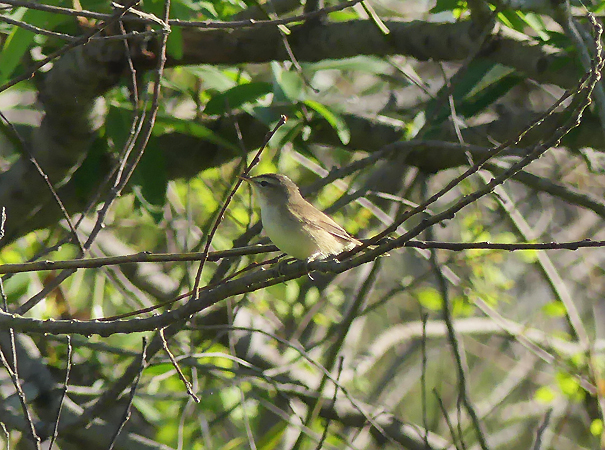
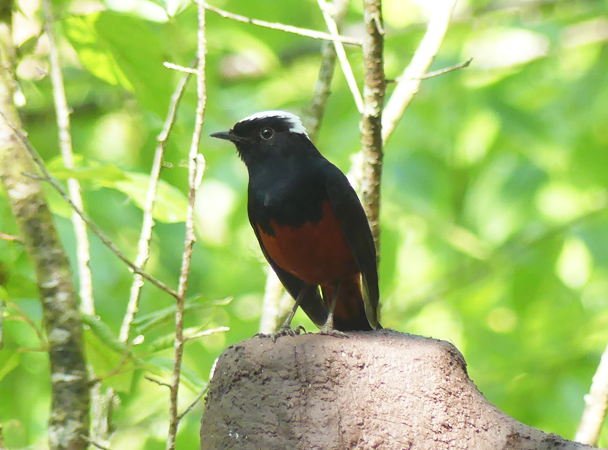
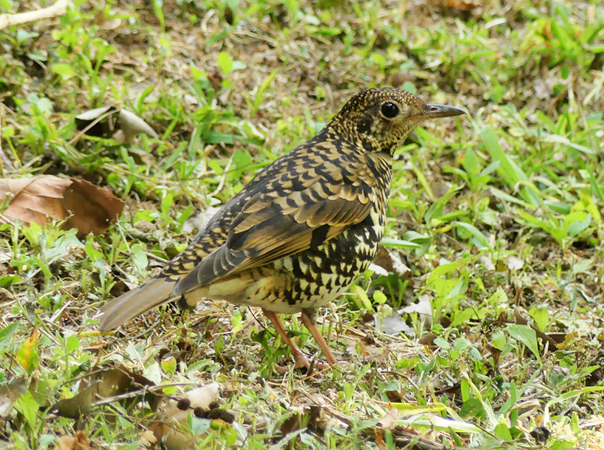
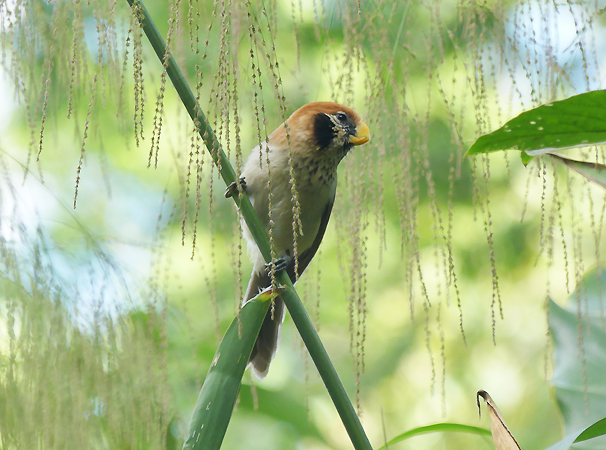
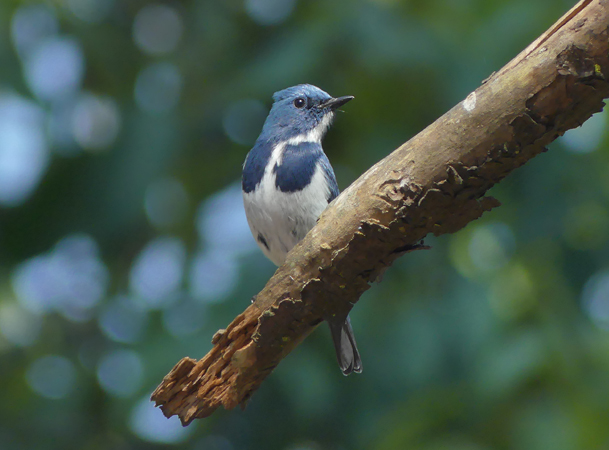
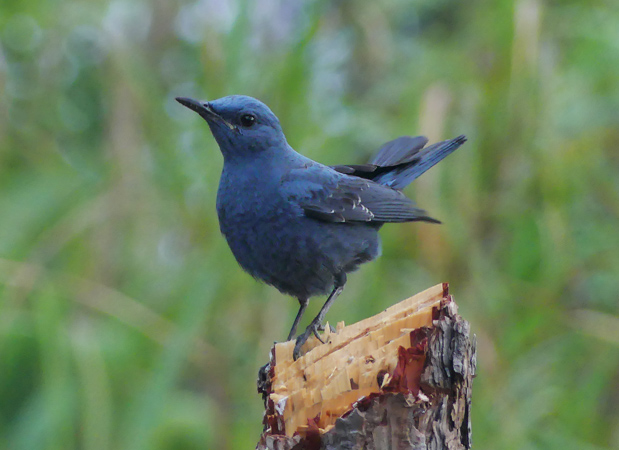
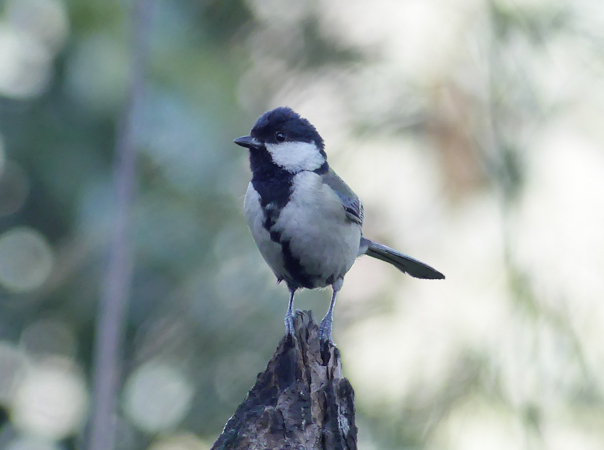
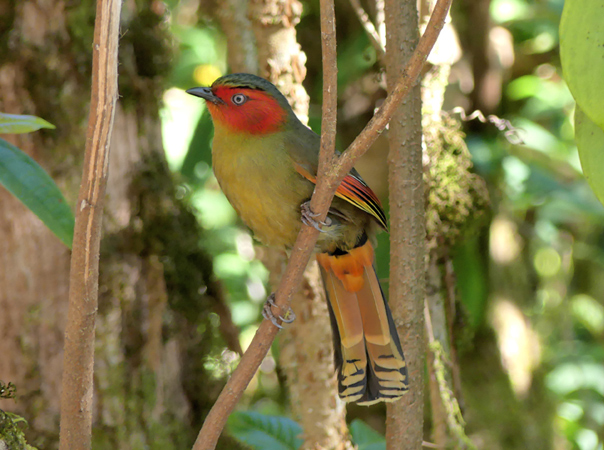
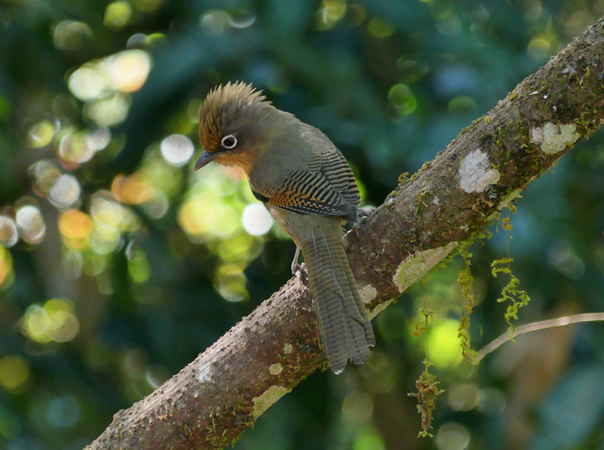
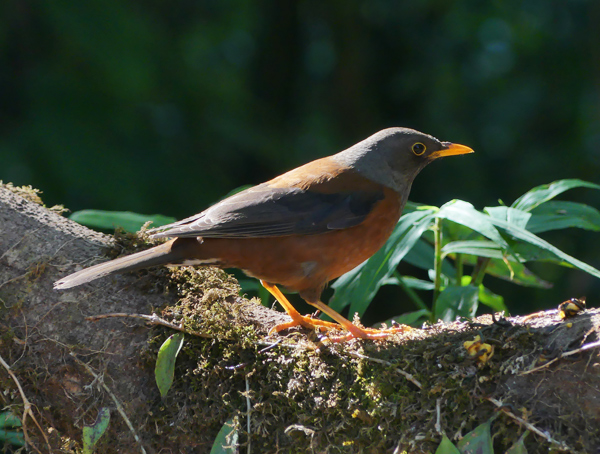
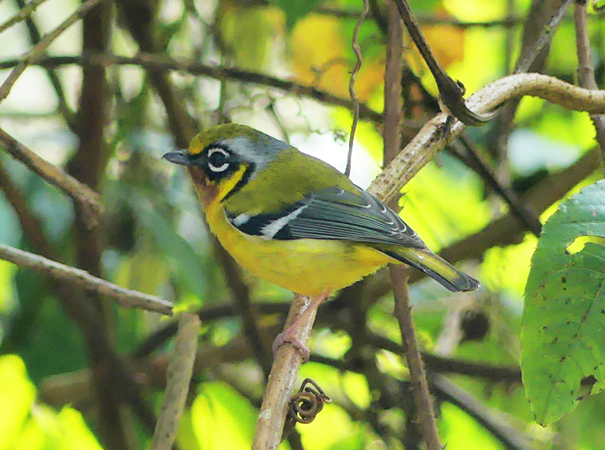
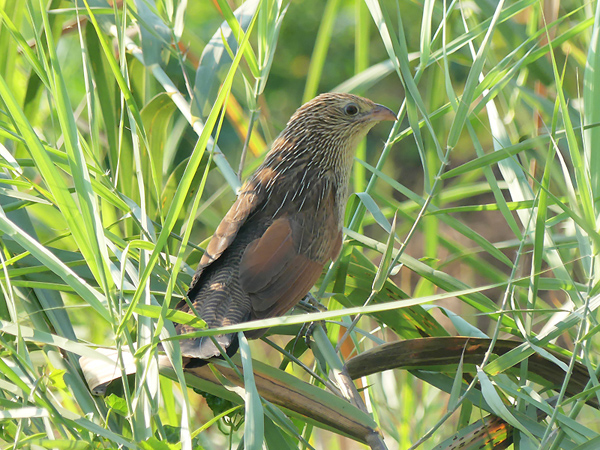

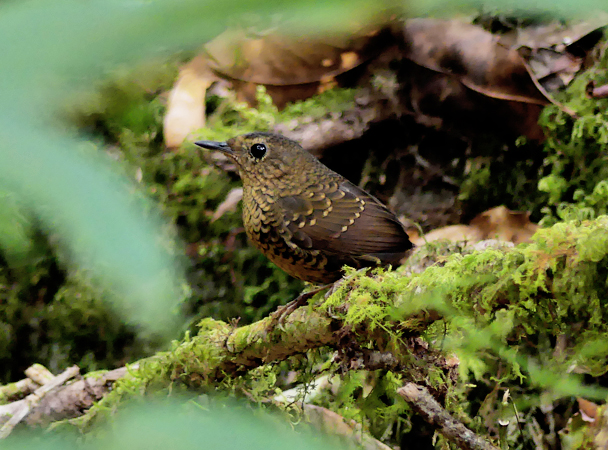
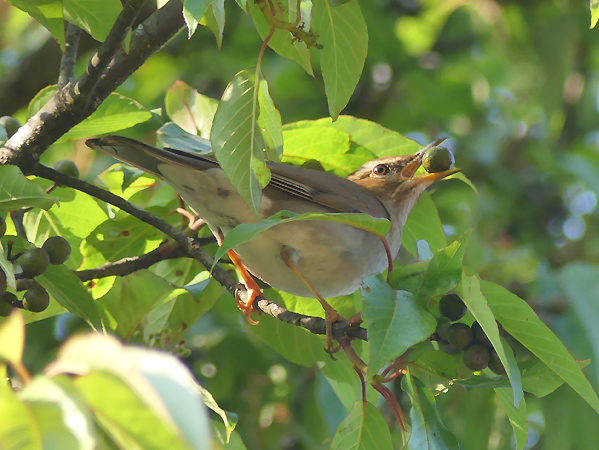
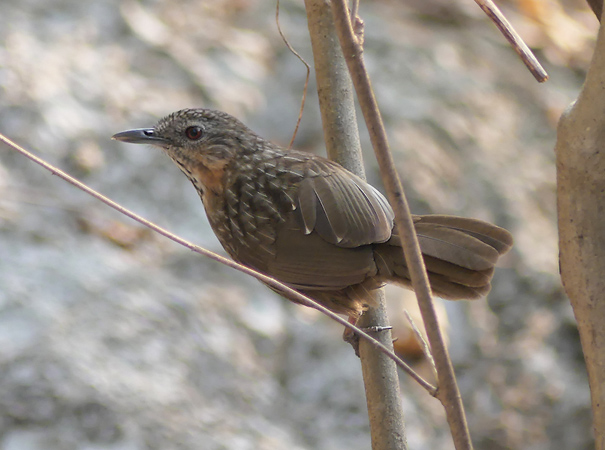
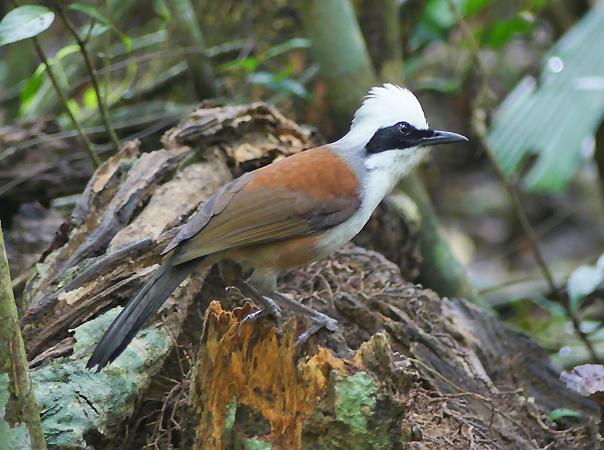
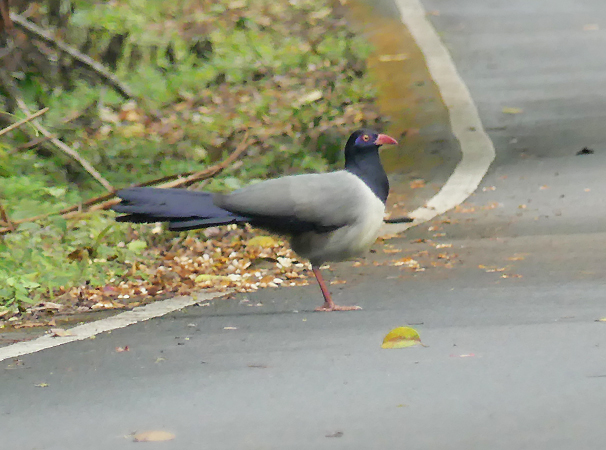
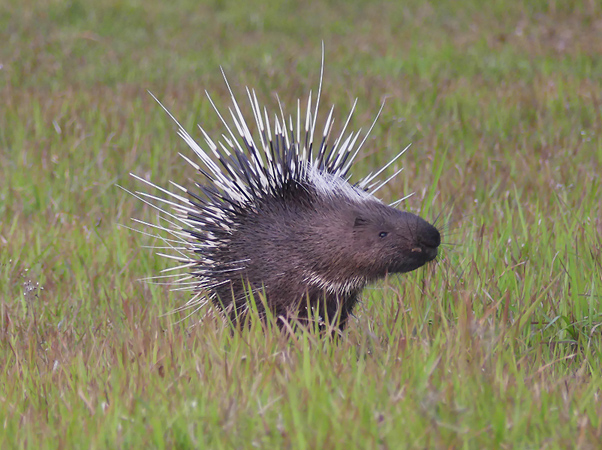
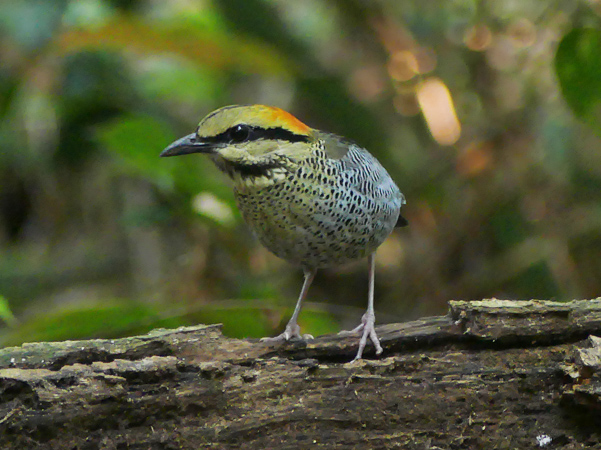
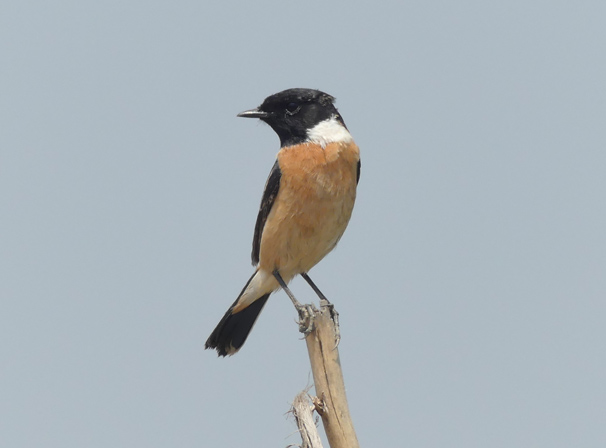
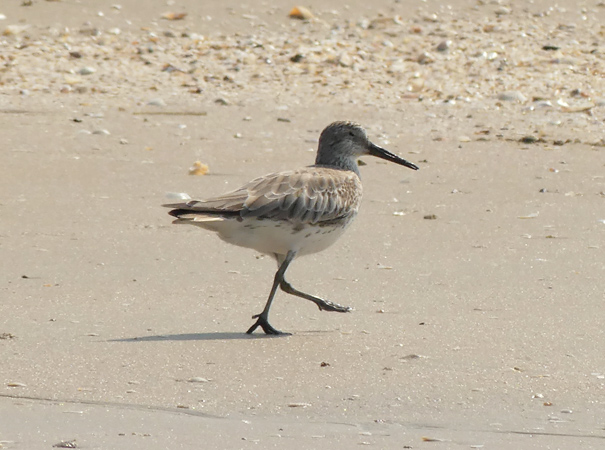
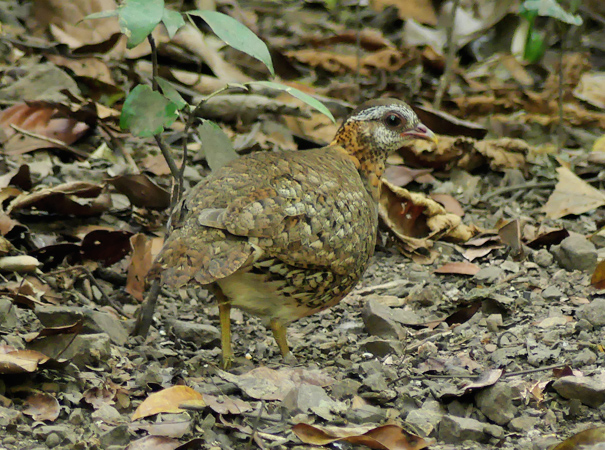
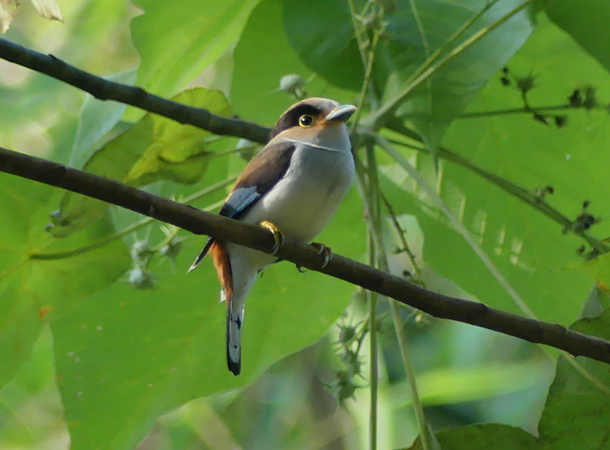
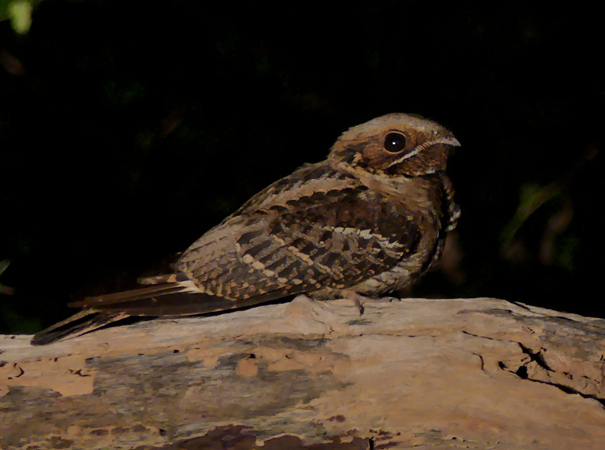
 Posted in
Posted in  Tags:
Tags: 










